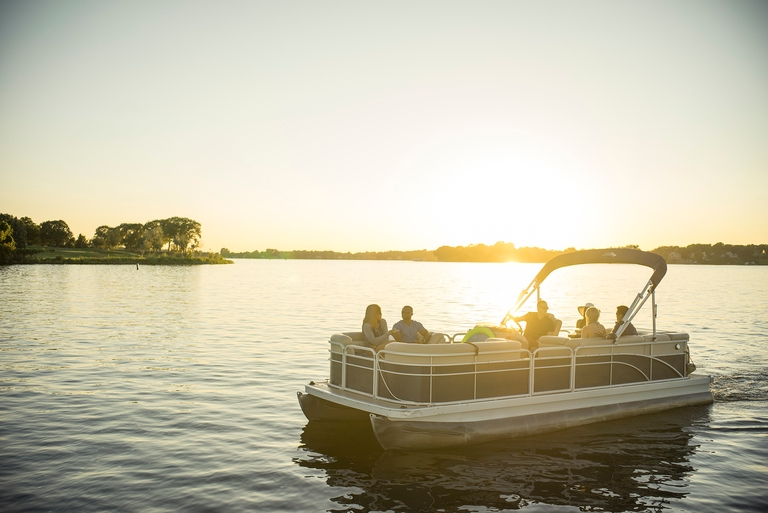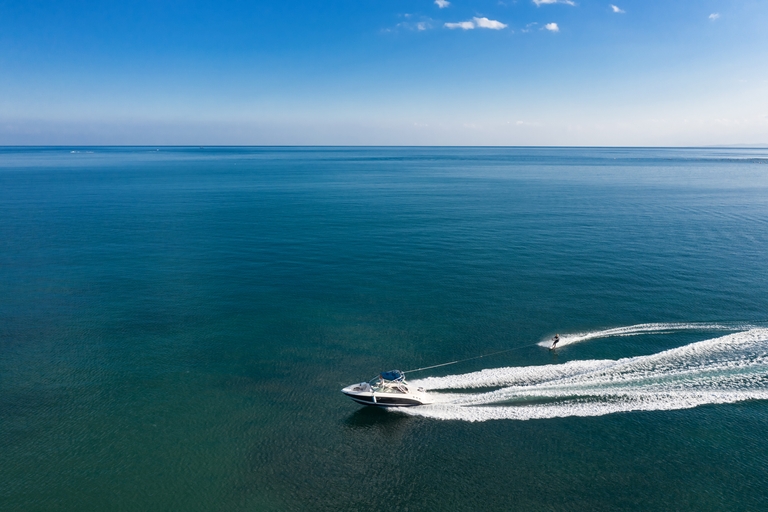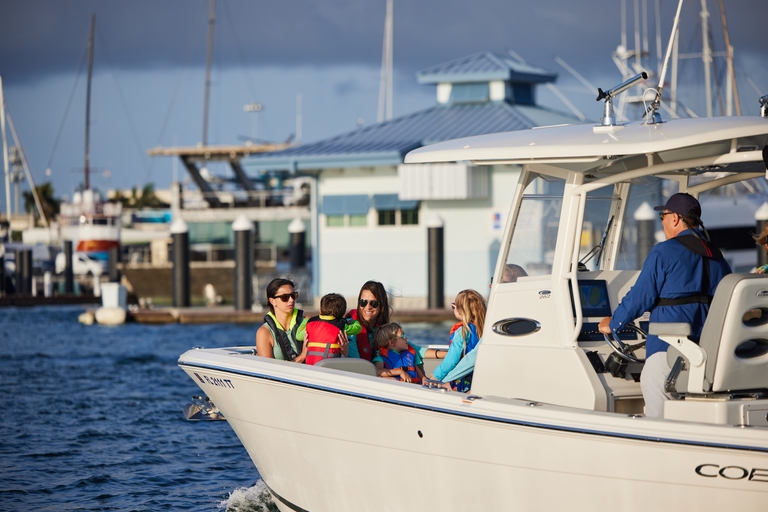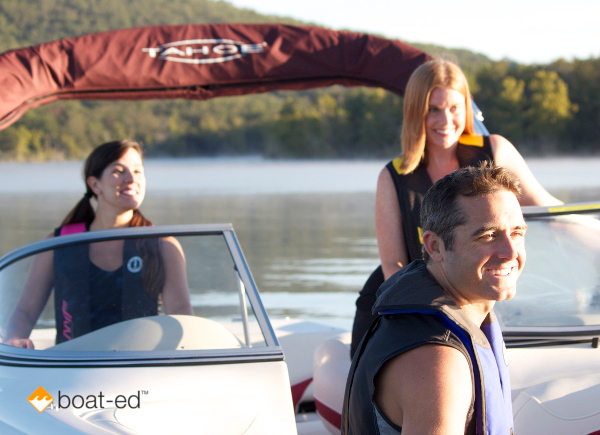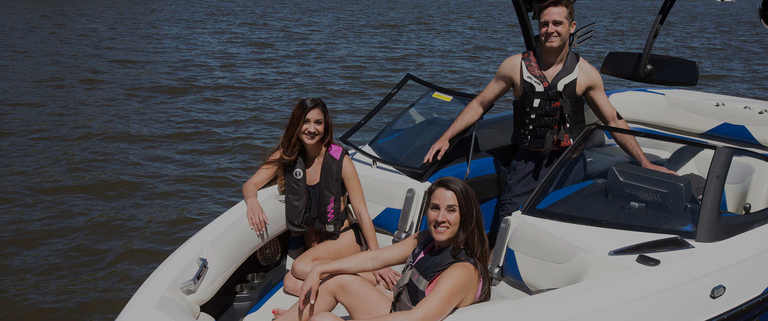What Are the Requirements for Boat Stern Lights?
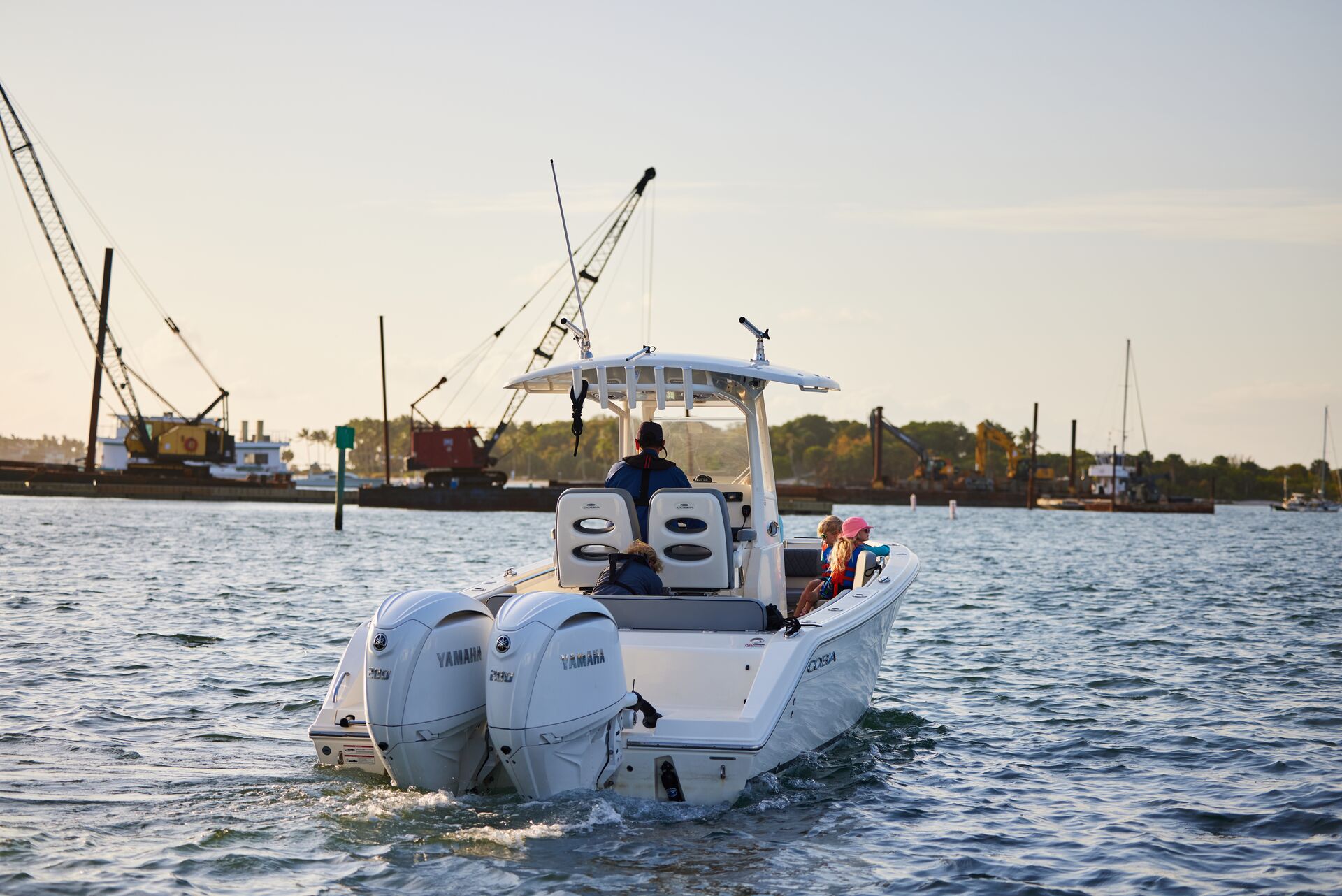
Does your boat have the right type of lighting? Having the proper type of lighting on your boat is vital for safety and a legal requirement. You'll need to adhere to the regulatory standards of the organization that controls boating laws in your area, such as the United States Coast Guard (USCG).
These standards are in place to keep the waterways as safe as possible, and proper boat stern lights are a part of that. When learning about boating safety tips and proper boat operation, lighting is one of the most valuable areas to consider. Here's what you need to know about ensuring your boat stern lights meet requirements and will help keep you safe.
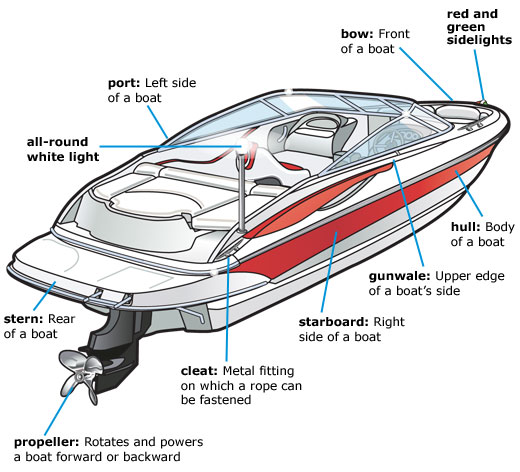
Visibility Requirements
Stern lights are essential during low-light conditions or at night. The visibility requirements for these lights are outlined in maritime regulations to prevent collisions and should always be followed.
The minimum distance at which stern lights should be visible varies depending on the size of the vessel. The requirement for smaller boats, such as recreational vessels, is generally around two miles, whereas larger ships might require visibility of up to five miles or more.
Additionally, weather conditions play a significant role in visibility. Fog, rain, snow, or mist can reduce visibility on the water, making it harder for boat stern lights to be seen from a distance.
Ambient light, such as moonlight or city lights on the shore, can affect the visibility of stern lights. In areas with high ambient light, the stern lights might not appear as bright from a distance compared to areas with low ambient light.
Obstructions on the water, such as waves, buoys, or other vessels, can also block visibility. Boaters should maintain a clear line of sight to ensure they can see and be seen by other vessels. Additionally, keeping stern lights unobstructed by equipment or cargo on the boat is essential for maximum visibility.
Color and Placement
Stern lights are generally white and placed at the stern of the boat to help other boaters determine its location. Seeing stern lights while boating at night can help you avoid a collision with another boat, whether it's anchored or simply navigating nearby.
Additionally, stern lights must be adequately angled and set a certain distance from the water line. This increases the chances of other boaters seeing them because the consistency in requirements means every boater is trained on what to look for.
Whether you're anchored and learning to fish or you're navigating a new waterway, you want to be sure other boats in the area can see you clearly.
Types of Stern Lights
In the past, stern lights were all the traditional incandescent type. Now, though, there are other options.
Both LED and solar-powered lights can be used, but they aren't the right choice for every situation. Durability, energy efficiency, and maintenance all matter.
Solar-powered stern lights are efficient but not exceptionally durable and can fail unexpectedly. Incandescent lights are more durable but not energy efficient. However, maintenance for incandescent lights is generally easy because changing the bulb is usually all that's required.
Many boaters choose LED lights because they're durable and energy-efficient. However, maintenance can be more complicated because not all LED stern lights are easy to change bulbs in, so it's important to understand how to maintain or replace them before buying.
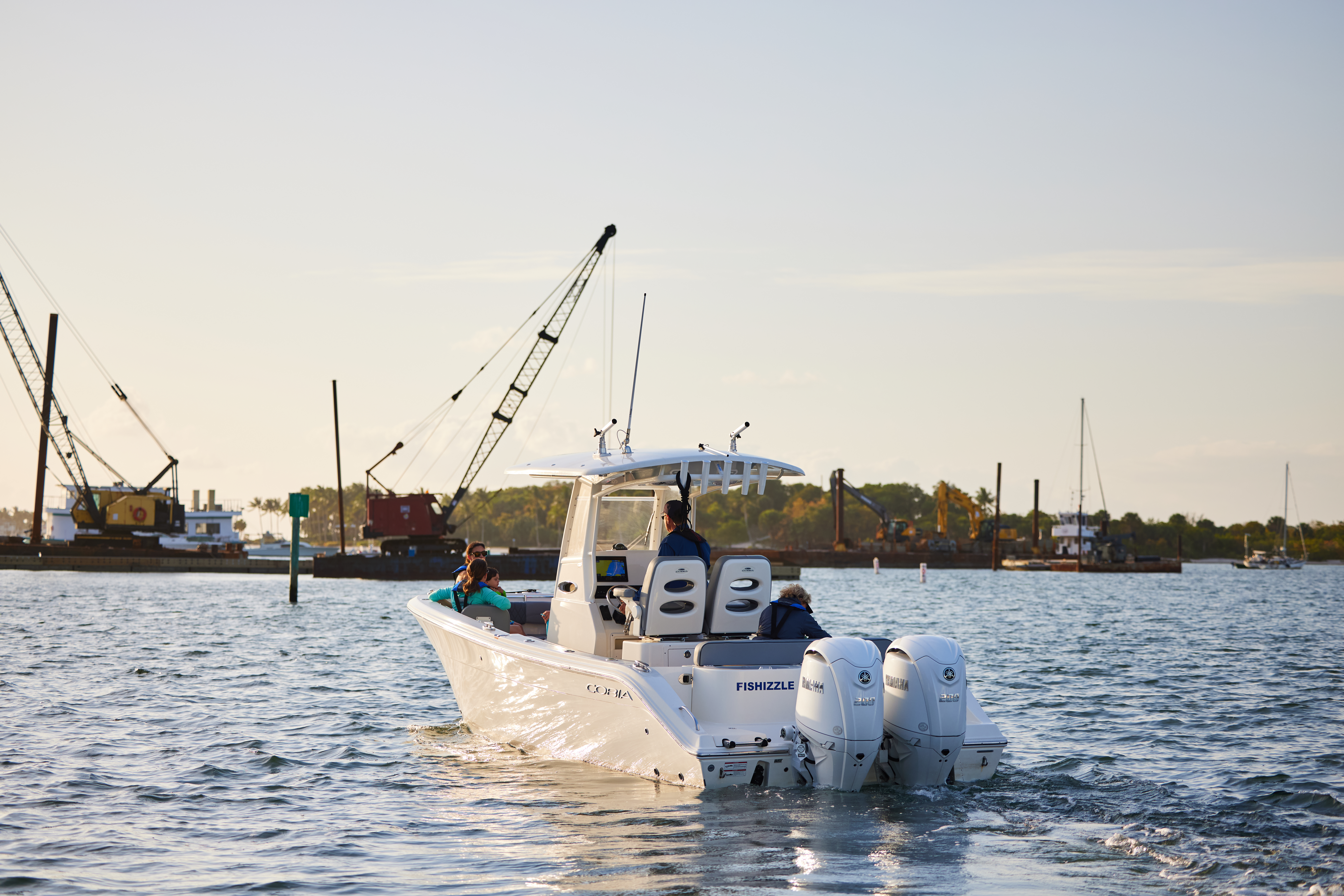
Check Your Lights for Compliance
Regularly checking your boat's stern lights is extremely important for staying in compliance with regulations. This includes ensuring that the lights are working, visible, and fully functional so you can be confident that other boaters can see you.
Compliance isn't just about following the rules. It's also about safety.
Maintenance Tips for Boat Stern Lights
Regularly maintaining boat stern lights is crucial to keeping them operational and visible.
When you maintain them, focus on cleaning the lights to remove dirt or debris, checking for damage or malfunctions, and replacing bulbs or batteries as needed. A well-maintained stern light is much more likely to meet visibility requirements and enhance safety on the water.
It's also a good idea to know how to change the bulb in your stern light if it uses one or how to replace it if it's a sealed unit. Not only will that help protect you because you can get a non-functioning light working again, but it's good to continue to learn about your boat's systems and how to maintain them properly.
What About Backup Lighting?
Another critical point for keeping your boat safe and in compliance is having backup lighting systems, such as handheld or emergency stern lights, in case the primary lights fail.
If your stern light stops working unexpectedly, you could be at risk of a collision with another boat if you don't have backup options. Protect yourself with additional lighting and check it periodically to ensure it works.
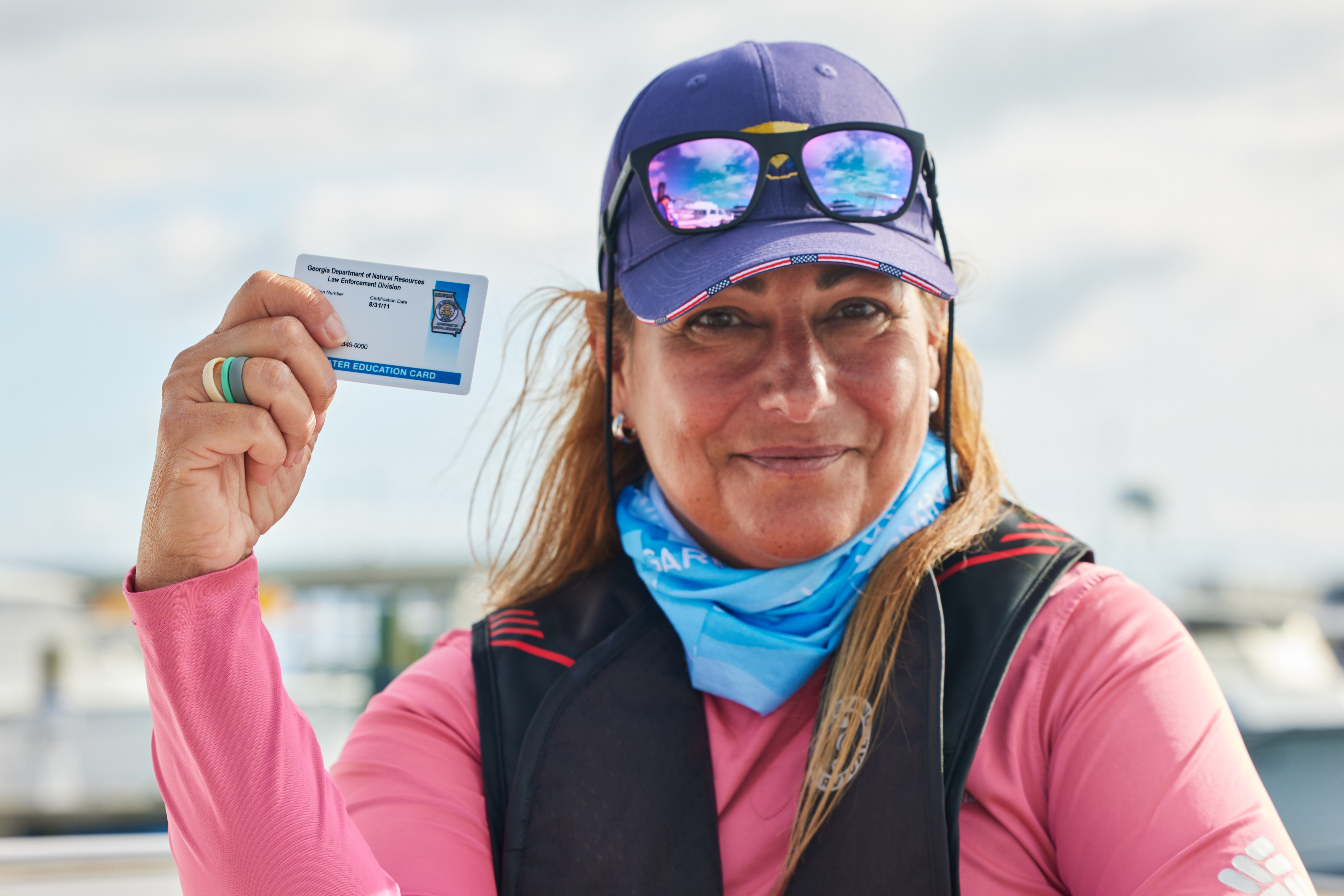
Learn More About Lights and Safety With Boater Education
We hope this information about boat stern lights has been helpful! However, there's much more to learn than what we can cover in this blog.
Before you head out on the water, take the time to get safety certified through Boat-Ed. You'll learn all the essential ways to stay safe while enjoying your boating adventures and the requirements you'll need to meet to operate your boat safely. With this knowledge and the required certification, you can confidently explore your local waterways.
Our courses are 100% online and state-approved to meet boating education and licensing requirements in the U.S. So, find the course for your state and start learning with our free online study guides. Then, enjoy a safe boating season.

